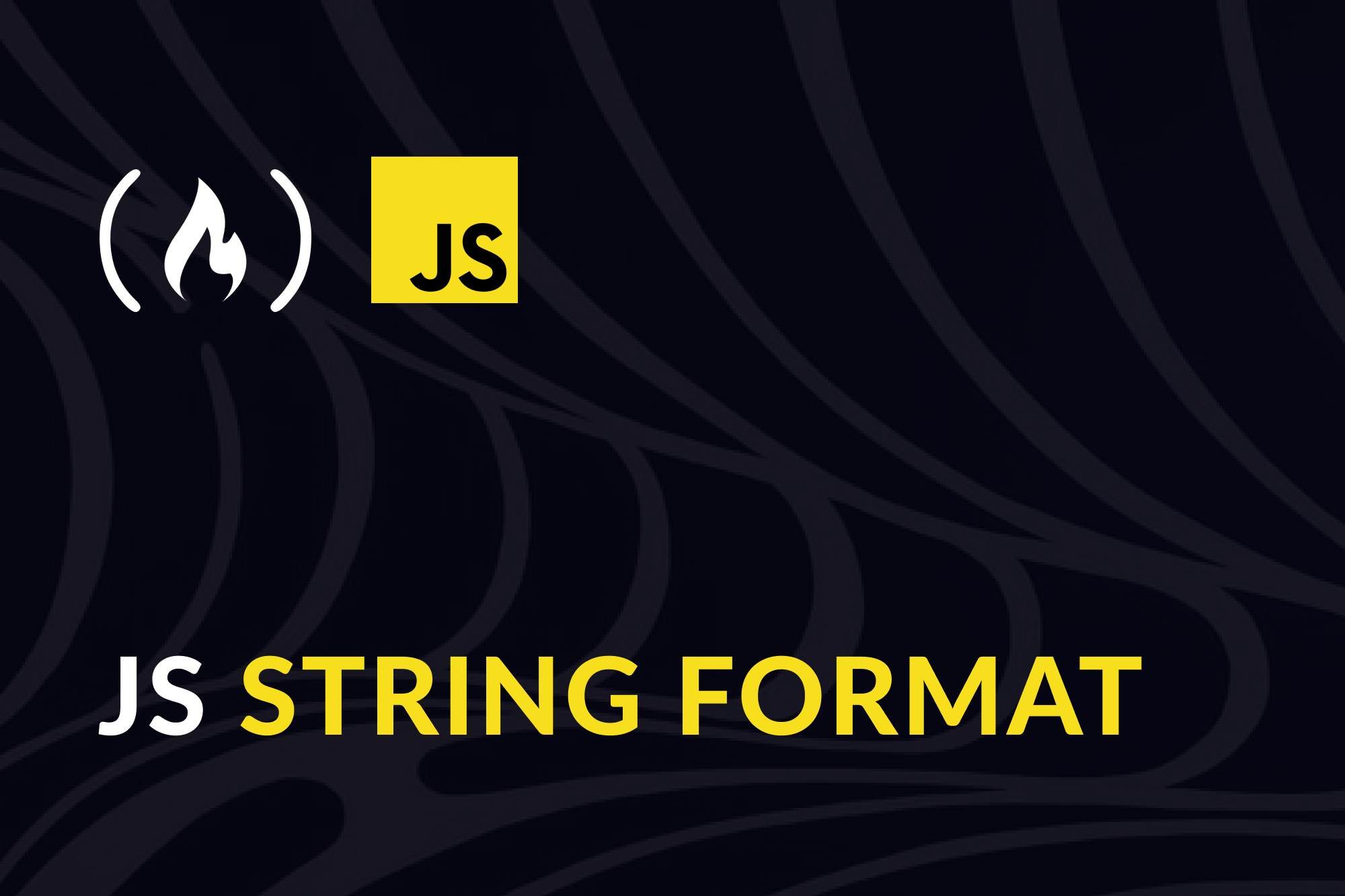JavaScript has many string methods you can use to format strings. In this article, I'll show you some of the most commonly used methods.
How to Use the toLowerCase() String Method
As the name implies, you use the toLowerCase() string method to convert strings to their lowercase version.
This method does not affect the original string. It takes the original string and returns a new string, which is the lowercased version.
Here is an example:
const string = "HeLLo woRld"
const lowercased = string.toLowerCase()
console.log(string)
// HeLLo woRld
console.log(lowercased)
// hello world
As you can see, the new string has all its letters lowercased.
How to Use the toUpperCase() String Method
Similar to the first method, toUpperCase is a string method you use to convert strings to their uppercase version.
It also doesn't affect the original string.
Here is an example:
const string = "HeLLo woRld"
const uppercased = string.toUpperCase()
console.log(string)
// HeLLo woRld
console.log(uppercased)
// HELLO WORLD
Using the original string, it returns a new string, which is the uppercase version.
How to Use the replace() String Method
You use the replace string method to replace a section of a string with a substring. This way, you will format the string so you can modify it.
Here's an example of how the replace method works:
const string = "Hello world"
const modified = string.replace("world", "developers")
console.log(string)
// Hello world
console.log(modified)
// Hello developers
The replace method, as seen above, replaces the "world" substring with "developers". It also doesn't affect the original string.
You can also use a regex in place of a string as a replacer:
const string = "Hello world"
const modified = string.replace(/o/g, "--")
console.log(string)
// Hello world
console.log(modified)
// Hell-- w--rld
Using a regex pattern to match the "o" character globally, you can see the modified string containing double hyphens in place of the "o" in the string.
How to Use the trim() String Method
The trim method modifies strings by removing whitespaces from the beginning and end of a string.
It doesn't modify the original string. Instead it returns a new string with the whitespaces stripped out.
Here is an example:
const string = " H ell o world "
const modified = string.trim()
console.log(string)
// H ell o world
console.log(modified)
// H ell o world
You can see that only the spaces at the start and end are stripped off, and not the spaces between letters.
Whitespaces include spaces, tabs, break lines, and so on.
Wrapping Up
There are a couple of more ways you can format or modify strings in JavaScript. In this article, I've shared four of the most common methods you can use: toUpperCase, toLowerCase, replace and trim.
These methods do not affect the original string but return a new string formatted in a specific way.
You can learn more about Useful String Methods in JavaScript here.

